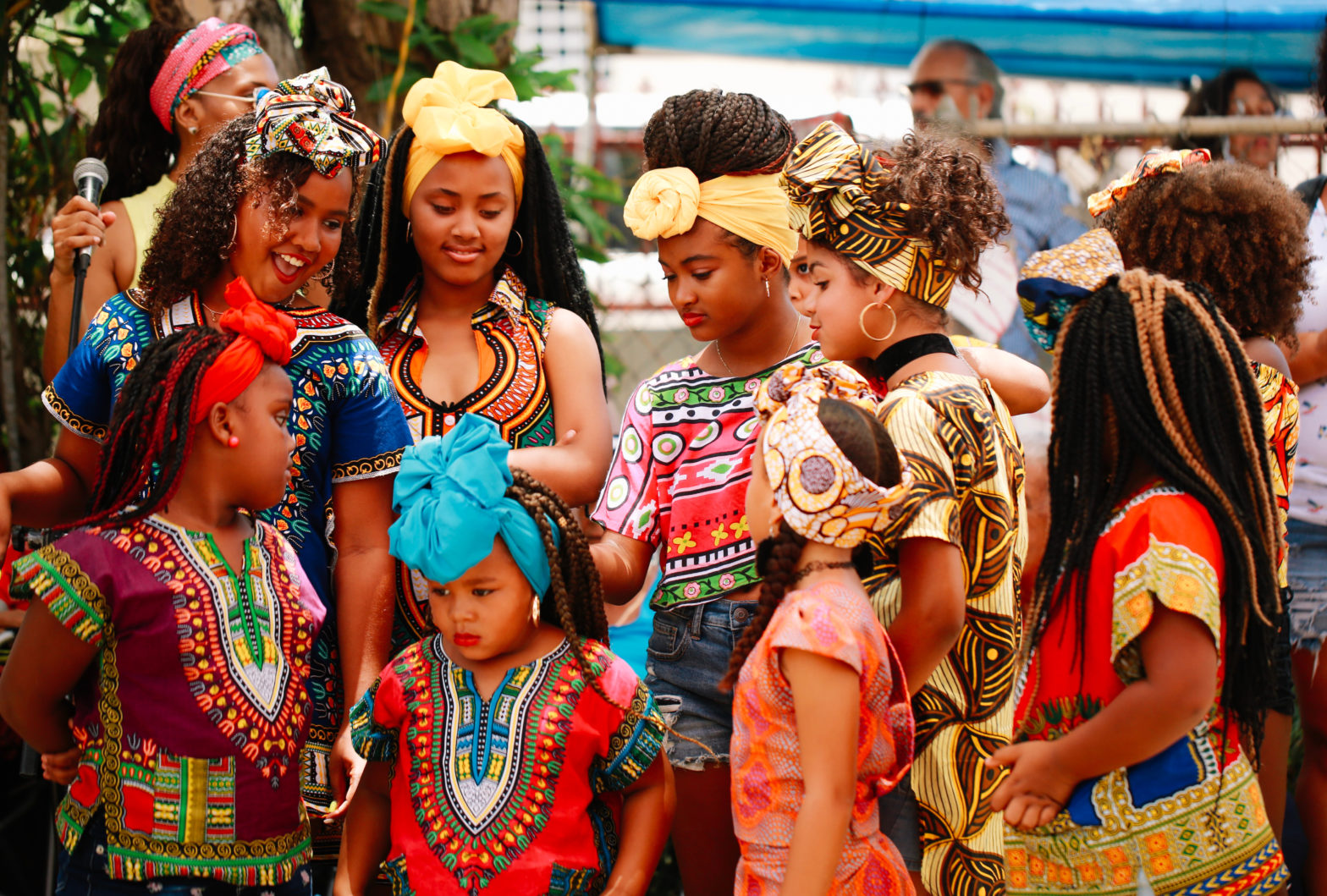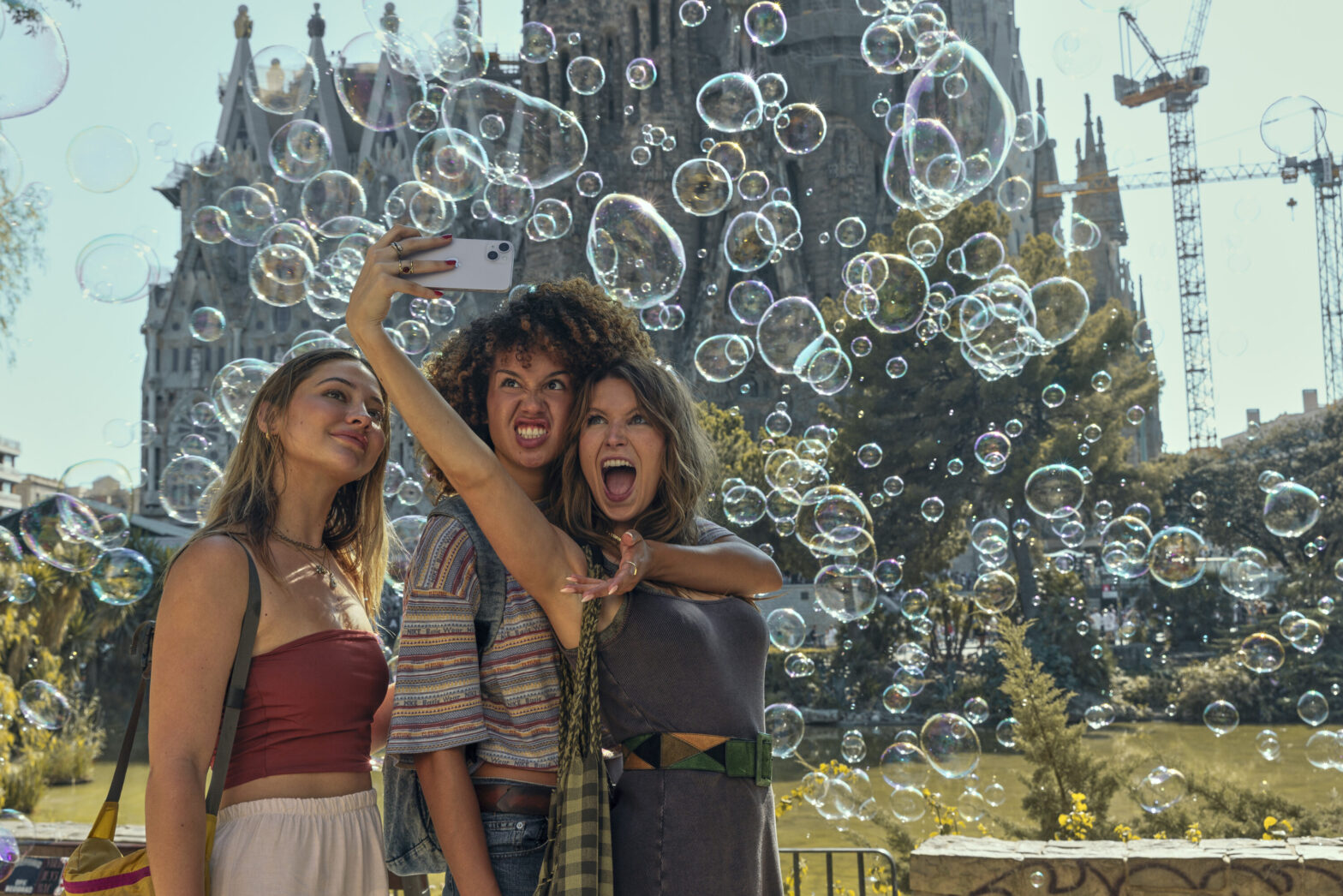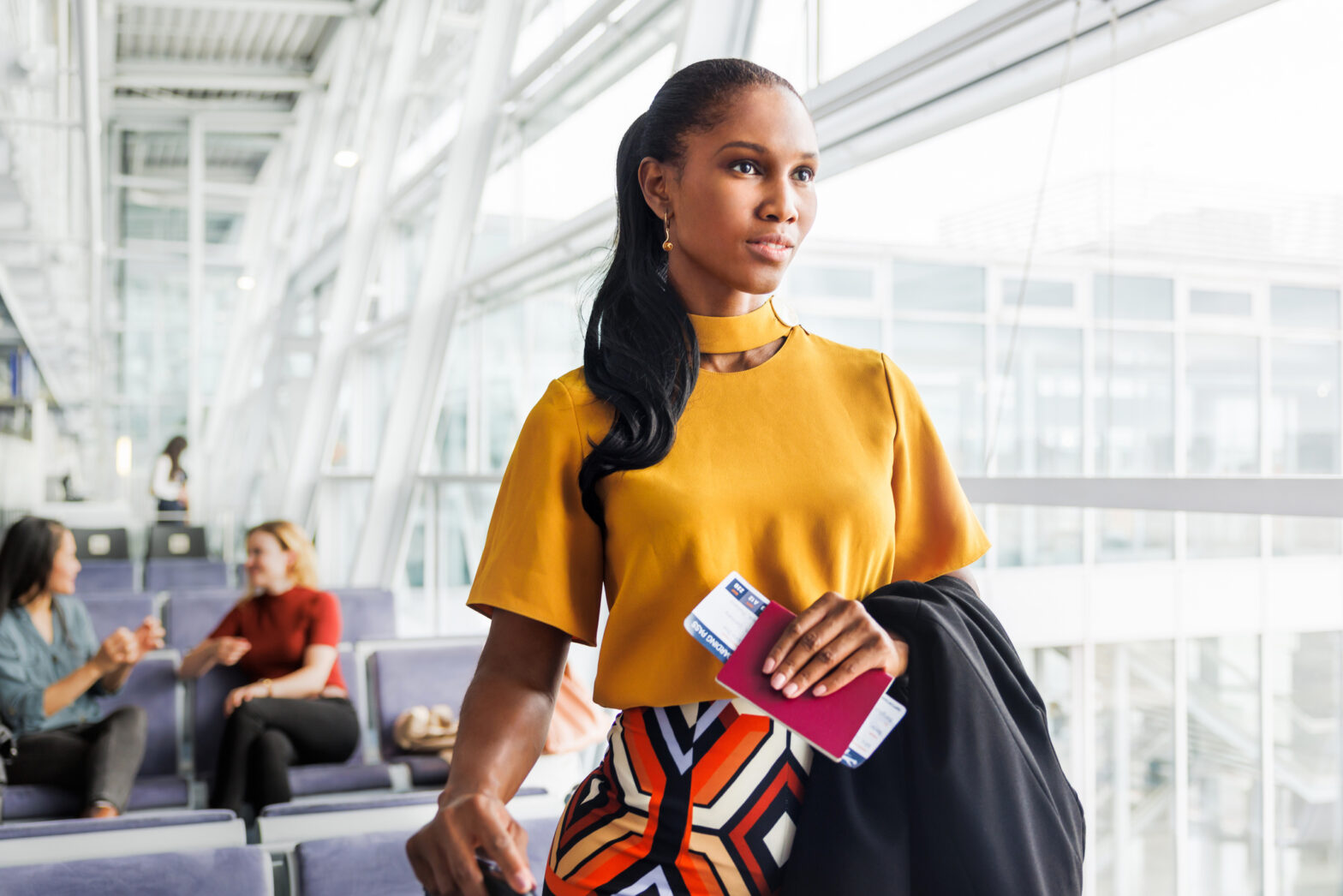If you’re looking for an escape this winter that’s easily accessible, has tropical weather, amazing food, and rich Black history and culture, look no further than Puerto Rico. Immerse yourself in Black Boricua culture by visiting the town of Loíza.
Located just a few minutes outside the capital city of San Juan and past the touristy area known as Isla Verde, Loíza is home to the largest Black population in Puerto Rico.
I had a chance to visit this town last year and immediately felt connected to the beat of the drums that welcomed me as I joined a Bomba dance class held by instructor Sheila Osorio. We gathered in a circle as Osorio taught us about the origins of the traditional dance, which dates back to the transatlantic slave trade. Bomba dancing allows you to be free. You let your intuition guide your body as it moves and communicates with the drums. It’s a way for the people of Loíza to honor their African ancestors. It was many enslaved people’s only form of self-expression.
I had never really thought of Puerto Rico as having such a huge African influence before this experience. It sparked my interest to dive deeper into the history of the seaside community known as Loíza.

Related: Pinterest Partners With Travel Noire To Create ‘Safe Black Travel Hub’
History of Loíza
The town of Loíza was settled in the 16th century by members of the Yoruba tribe who were brought to the island as slaves from West Africa. Today, the art, music, dance, cuisine and traditions are representative of the customs brought to the island from West Africa.
Loíza is distinctly Afro-Puerto Rican, and that’s what sets the town, located at the northeast corner of the island, apart from other areas in Puerto Rico.
Food in Loíza
The beachside community of Piñones is where you want to be to try the delicious traditional food in Loíza. Here you’ll find businesses selling fritters and fried turnovers referred to locally as frituras. These fried-to-perfection bites are fresh and flavorful and come in huge portions. Other amazing foods include fresh seafood, chicken and pork skewers and fruit frappes. Wash it down with a beer as the gentle breeze brushes your face.
Nature at Piñones State Forest
If you enjoy nature while traveling, discover Piñones State Forest. Start at Punta Cagrejo, where Piñones begins at the Loíza city limit. Explore the mangrove forest that spans most of the Loíza coast by bike or foot. The trail and boardwalk stretch about 8 miles and end at Vacía Talega beach.
Bomba classes at COPI
Corporacion Piñones Se Inegra (COPI) is a non-profit organization in Piñones that provides cultural and ecotourism experiences to visitors. Here you can rent bikes, go kayaking, enjoy a cultural workshop and attend a bomba dancing class on some Saturdays.
Taíno artifacts at María de la Cruz Cave Historic Park
This archaeological site was discovered in 1948 and houses remains of the first inhabitants of Puerto Rico that date back to 4000 BC. There are also many Taíno artifacts in this cave which measures 98 feet in height, 164 feet wide and 82 feet deep.
Since 2018, there have been facilities around the clave, including an art gallery, artisan market, education center, playground and campsite. Guided tours of the cave are available.
Visit the studio of artist Samuel Lind
Renowned Puerto Rican artist Samuel Lind lives and works in Loíza. The artist opens up his home and studio to the public where you can purchase prints, learn more about his practice and view decades worth of work by the renowned artist. As a native of Loíza, Linda work sheds light on his perspective of the life, history, rich culture and heritage of the Afro-Puerto Rican people on the island.
Lind’s work has been exhibited at museums and galleries in cities such as Chicago, Cleveland, New York and Philadelphia.
Loíza in July
Visit Loíza in July for the Festival of Saint James, aka Fiestas Tradicionales en Honor a Santiago Apóstol. During this week in July, women in colorful skirts and men in their traditional garments head to the town squares. Attendees dance and sing to the sounds of bomba and plena music.
Traditional vejigante masks, made from coconut, are worn during parades. Viejos dressed in rags and Locas, men dressed as crazy women, join the festivities.
Related: I’m A Black Man Who Left Mainland U.S. For A Life In Puerto Rico, And I Don’t Regret It





